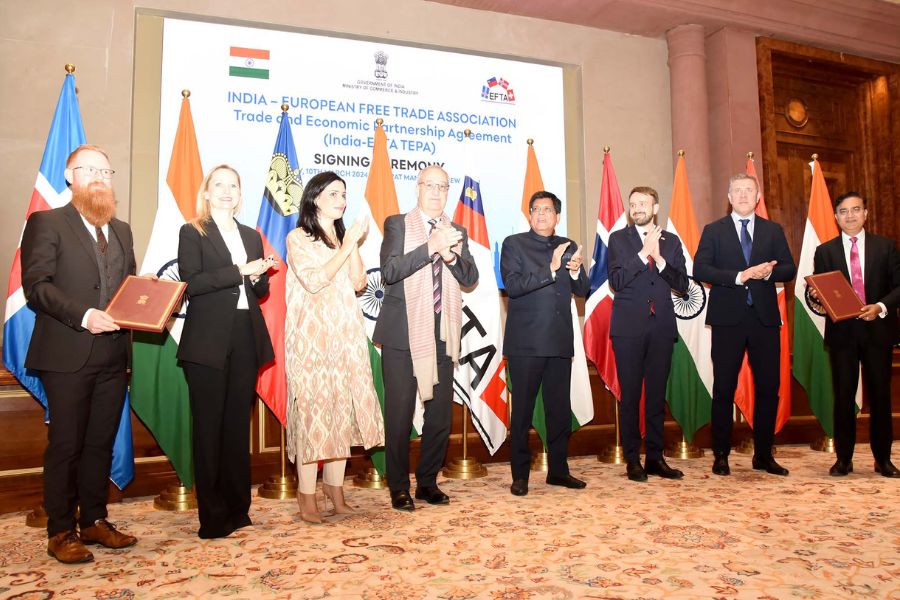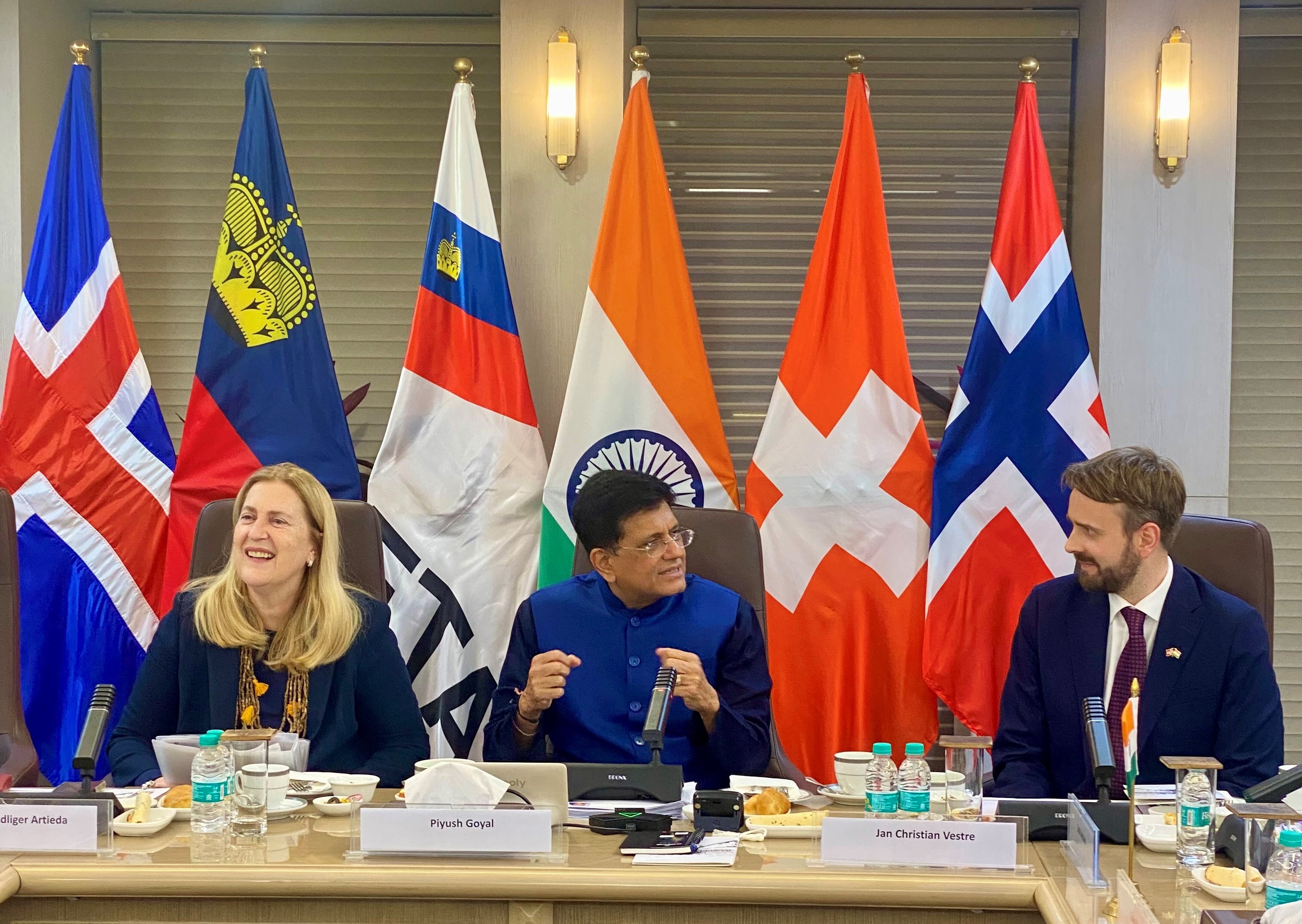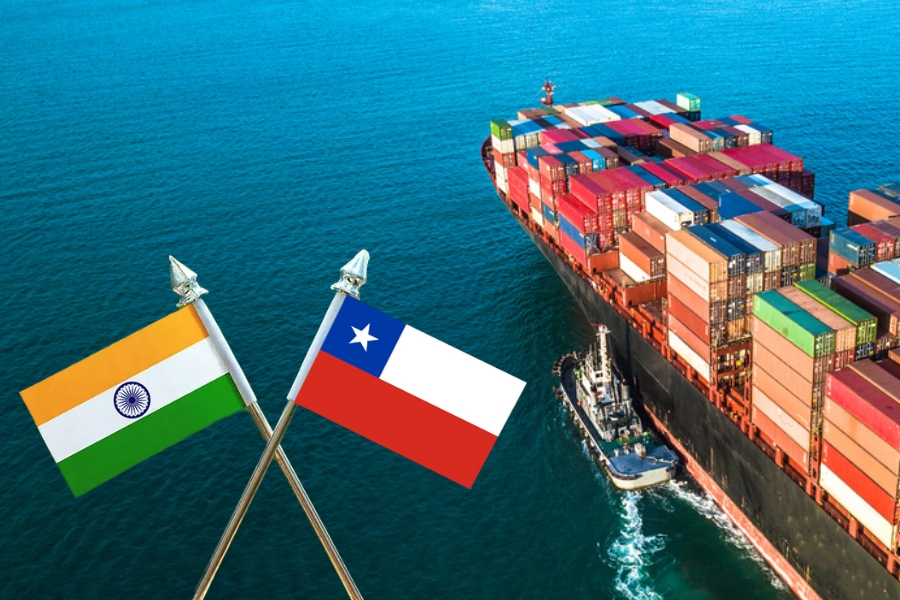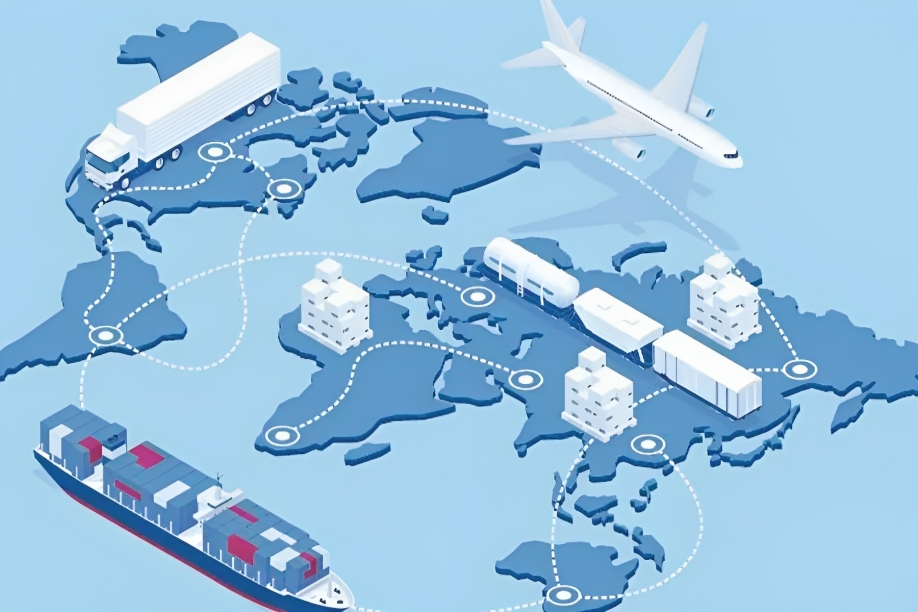H-1B – wrong bargaining chip for US?
• The US has clarified that its review of H-1B visa is not directed towards any country amid reports of a possible quota for India.
• However, changes in H-1B visas automatically impact India, which accounts for 70% of H-1B visa applications to US.
• Research contradicts the view that the influx of H-1B workers negatively impacts the job prospects of native Americans.
• Given its role in enhancing competitiveness, the US would be well advised to reconsider or even reverse its toughening stance on the H-1B visa programme.

Last week, another chapter on India-US trade hostilities threatened to unravel amid reports that US was planning to fire an H-1B salvo against India. A report suggested that US was considering caps on H-1B visas at 10-15% for countries that compel foreign companies to store data locally, obviously in reference to India’s data localisation laws.
However, the US state department later clarified that it was not considering such a provision. A state department spokesperson affirmed that the H-1B visa was getting reviewed, but it did not have a country-specific dimension. Even India denied having received any communication from US in this regard.
Despite this clarification, it is undeniable that successive tightening of H-1B visas by the US over the past few years is real. And it has a direct link with India as well, considering that Indians take up around 70% of these temporary work visas in the US. In particiular, Indian IT companies widely use these visas to bring their workers to the US for client projects.
Indian IT firms witnessed a 43% decline in their H-1B visa approvals between 2015 and 2017. Last year, the US introduced a provision that would lead to more permits for those with a master’s or higher degree from a US institution of higher education. The number of candidates for advanced US degree exemption is capped at 20,000, while the general category has a cap of 65,000. Moreover, paperwork and compliances have successively got more and more complex over time. Denial rates for both new and continuing visas have increased under the Trump administration. The President signed the ‘Buy American, Hire American’ executive order in the first few months of his tenure, and had promised to revamp the H-1B programme.
This tightening is compelling companies like TCS, Infosys and Wipro to hire US citizens and subcontract workers, resulting in increase in subcontractor cost, on-site localisation and investment. Infosys has admitted that sub-contracting work and hiring local citizens have impacted its margins by 50 basis points. It is also expecting that its cost will remain elevated until it could do projects with its own employees.
A US-based think tank has added that the share of H-1B visas to Indian companies in FY 2017 equaled a minuscule 0.006% of the 160 million US labour force. US Citizenship and Immigration Services has found that Infosys saw a drop of 57% in visas in 2017 while Wipro registered a steeper fall of 61%. This movement of low-cost skilled labour from India will have direct bearings on the margin by inflating the wage bill.
But there is a counter impact on the US as well. India’s computer programming consulting and related activities i.e. information service activities contribute US$ 125.4 million to US output of information service activities (WIOT). Margin pressures and barriers against Indian IT companies will automatically impact competitiveness of US.
Industry body NASSCOM has analysed that wages would simply increase costs for US companies that use the services of the Indian IT industry to innovate and grow. This could compel companies to take jobs outside the US, hence impacting its economy. Already, it has been found that a number of IT companies and professionals are shifting their focus to Canada, which currently has a more liberal regime for IT professionals under its Global Skills Strategy Programme.
Research by American Immigration Council has stated that H1B workers complement US workers, fill employment gaps in many STEM occupations and expand job opportunities for all. It counters the general perception that the programme is detrimental to the interests of American natives. In fact, between 1990 to 2010, the increase in STEM workers through H-1B has been found to be positively correlated with an increase in wages for college-educated Americans across 219 US cities. A 1% point increase in foreign STEM workers’ share of a city’s total employment is linked with a rise in wages by 7-8% points to both STEM and non-STEM college-educated natives, and 3-4% points for non-college educated Americans.
The National Foundation for American Policy has admitted that the limit on H-1B visas has not changed since 1990s. Since this limit was set in the pre-internet and smartphone era, it is way too low and dated for the present requirement for high-tech skilled workers.
Given these factors, the Trump administration would actually be well advised to further liberalise the H-1B visa programme instead of tightening it. Use of H-1B visas as a bargaining chip for its trade talks with India will be to the detriment of both countries.













Leave a comment